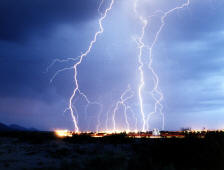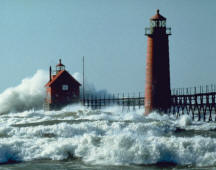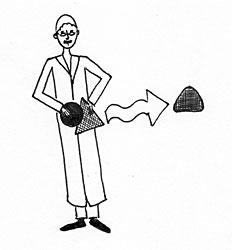|
1. From poetry to animation
Animation is the term that I use to describe the somewhat rare works of art that occupy the next position on the spectrum. These works are different than animated films, which are works telling a story in images.
What happens at the present point on the spectrum is that the images that arose out of the meanings of the words in poetry are freed from that dependence and exist on their own in space through time. The images take on a life of their own. They also appear externally. They are controlled directly through spatial means, with the artist making aesthetic choices based on how these images change or evolve through time.
2. The images are external but inaccessible
The images in animation are often projected onto a screen. Just as with the images of poetry (which lie in our imagination), we cannot intervene during a showing to physically change their content. Though the images appear outside of us, they lie in a space that is different than ours. Cause and effect does not cross the boundary of our space and the work’s space. The images have no substance in our reality. This will change with the next art, dance.
3. The temporal volatility of these images
Space is still a passive abider of these changes, exerting no resistance to this flux. Time can test the limits of space’s ability to abide despite radical changes.
At this point on the spectrum, space does not yet have much of a ‘hold’ on the content that appears in it.
This changes with dance because its “images,” the dancers, are material objects.
4. How form changes in time: dynamic versus static form
There are two aspects to form, one purely spatial, and one partaking of the nature of time. Static form is the form that we see in front of us at any given moment in time. All its properties are deducible from the relationship of its parts in space. If this form begins to change, in addition to our seeing a series of new static forms, we also perceive the way the static forms are changing. This “way” I call dynamic form, and it cannot be described entirely by reference to space, but must include a quality of change: which is how it happens in time.
Two ways in time a small triangle can change into a larger one.
In a work of animation we can see a circle changing into a square. The qualities of this change, including its rate, are temporal. There are an unlimited number of ways change can occur to images, and this is the primary concern of the animation artist. The succession of static forms in space provides the context which enables us to explore the more fundamental quality of the change through time.
"Download full text of chapter"
|
|||||
.jpg)
.jpg)





